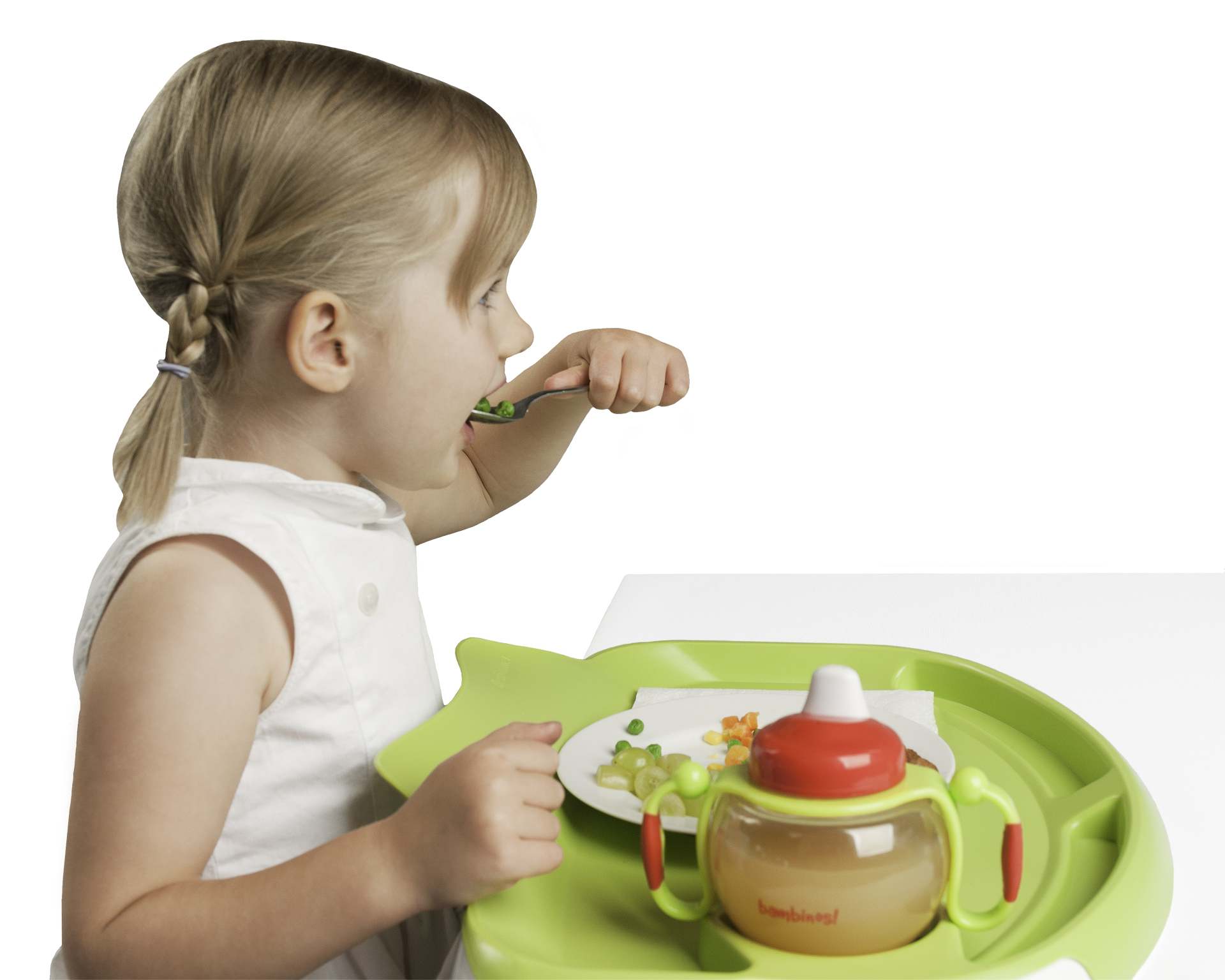
Getting your child to sit through the whole meal can be quite a big challenge. Very often at meal times, children walk around and play with their toys; and when parents try to stop them, they throw big tantrums.
So how do we get our child to sit through the meals? Here are some strategies which have been broken down into small steps. I hope these would help alleviate some of the stress during mealtimes.
Target: The child will independently sit at table and eat the meal, and only leave the table when the meal is finished.



If your child is still young and does not know how to use utensils well (remember, this is another skill that requires separate training), our expectations can be:
(Parents can refer to the training table below (parents can decide training target and phases)


Every little life is a special present for a family. From the time a baby is born, parents journey through lots of highs and lows, wishing for their child to grow up with a big smile, make great friends, find their own way in a job they love, and create a happy family. However, for […]

Parenthood is a journey filled with unexpected twists and turns, challenges, and moments of profound joy. For Adam’s father, the discovery that his son, Adam, was on the autism spectrum marked the beginning of a unique chapter in their lives. This is the story of a father’s realization, acceptance, and the unconditional love and strength […]

Autism Spectrum disorder can be diagnosed as early as 18 months. Research shows strong evidence on how effective Applied Behavior Analysis (ABA) can help children with Autism. It helps to deal with children’s challenging behaviors such as inattention, aggression, self-stimulation, etc. Howard, et al (2005) conducted a study to compare the effectiveness of 3 treatment […]
Please share to let more people learn about ASD and ABA therapy:
AP holds the belief that with quality Autism Partnership Method (APM) treatment, individuals with autism should reach their fullest potential and achieve the greatest degree of independence and highest quality of life possible.
Sign up now to get ABA and Autism related news delivered to your inbox. Enter your email to get started
Hong Kong Center
Kowloon Center

All information received will always remain confidential. We will contact you as soon as we review your message. Thanks